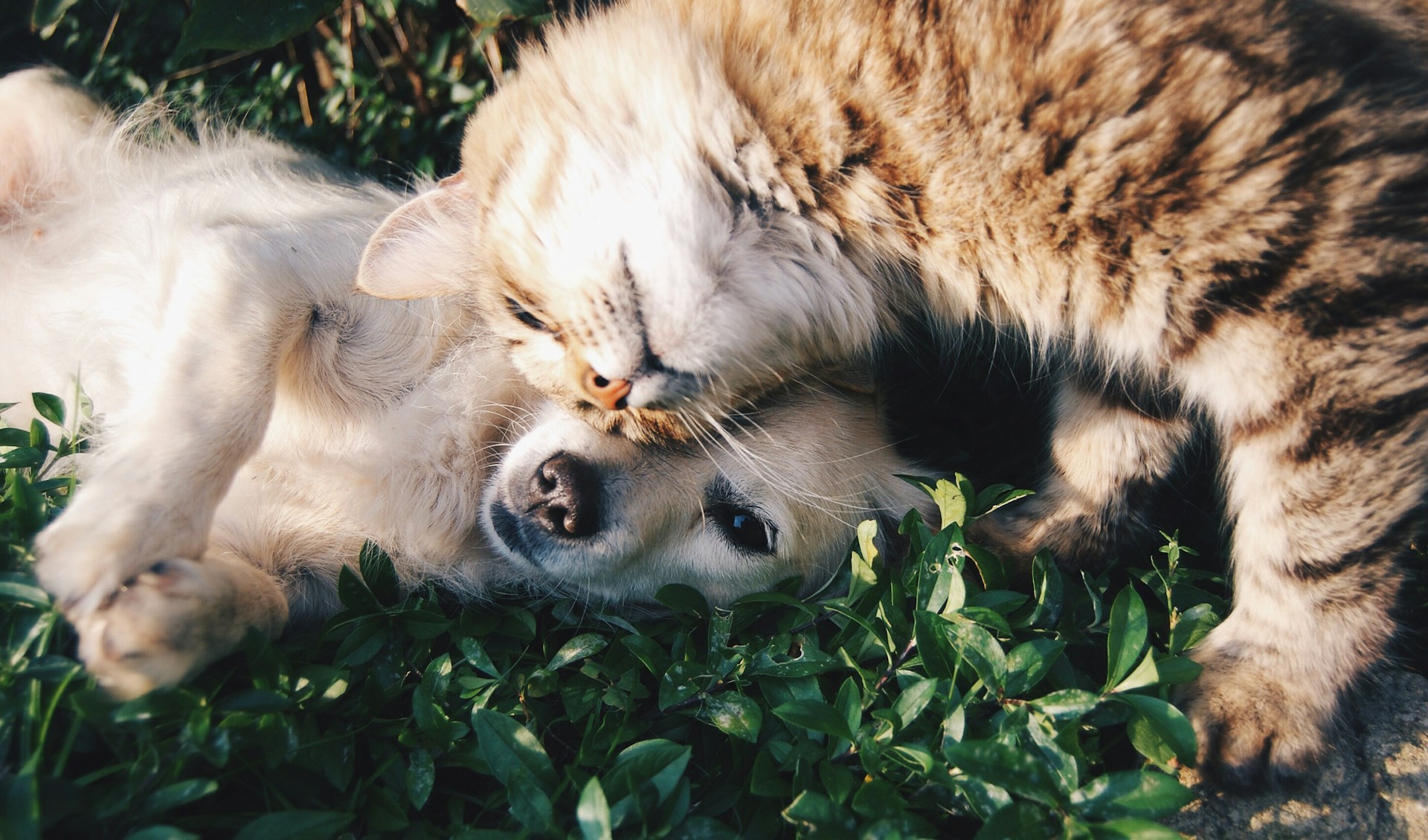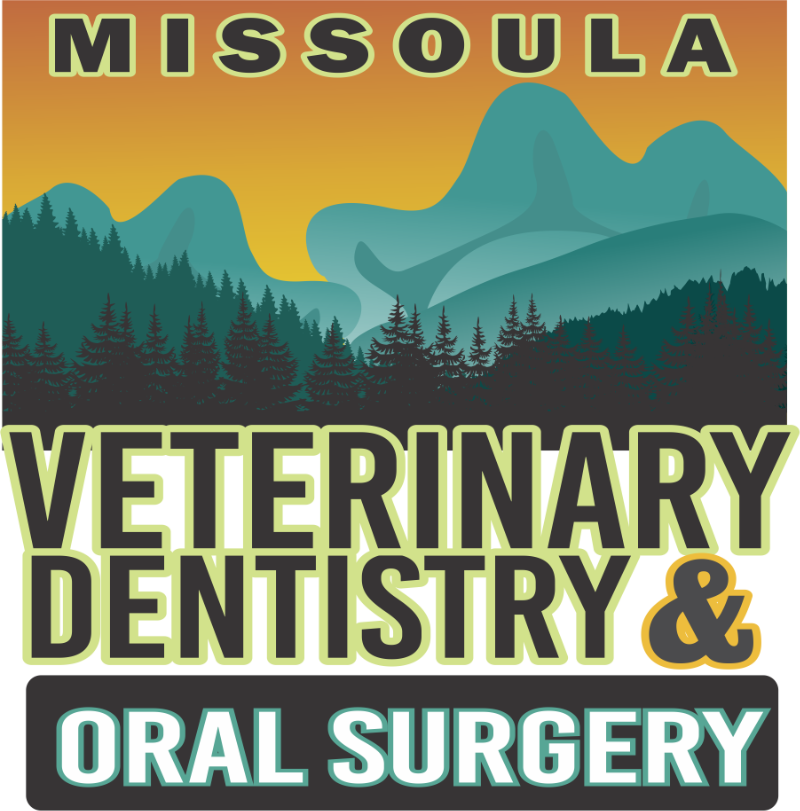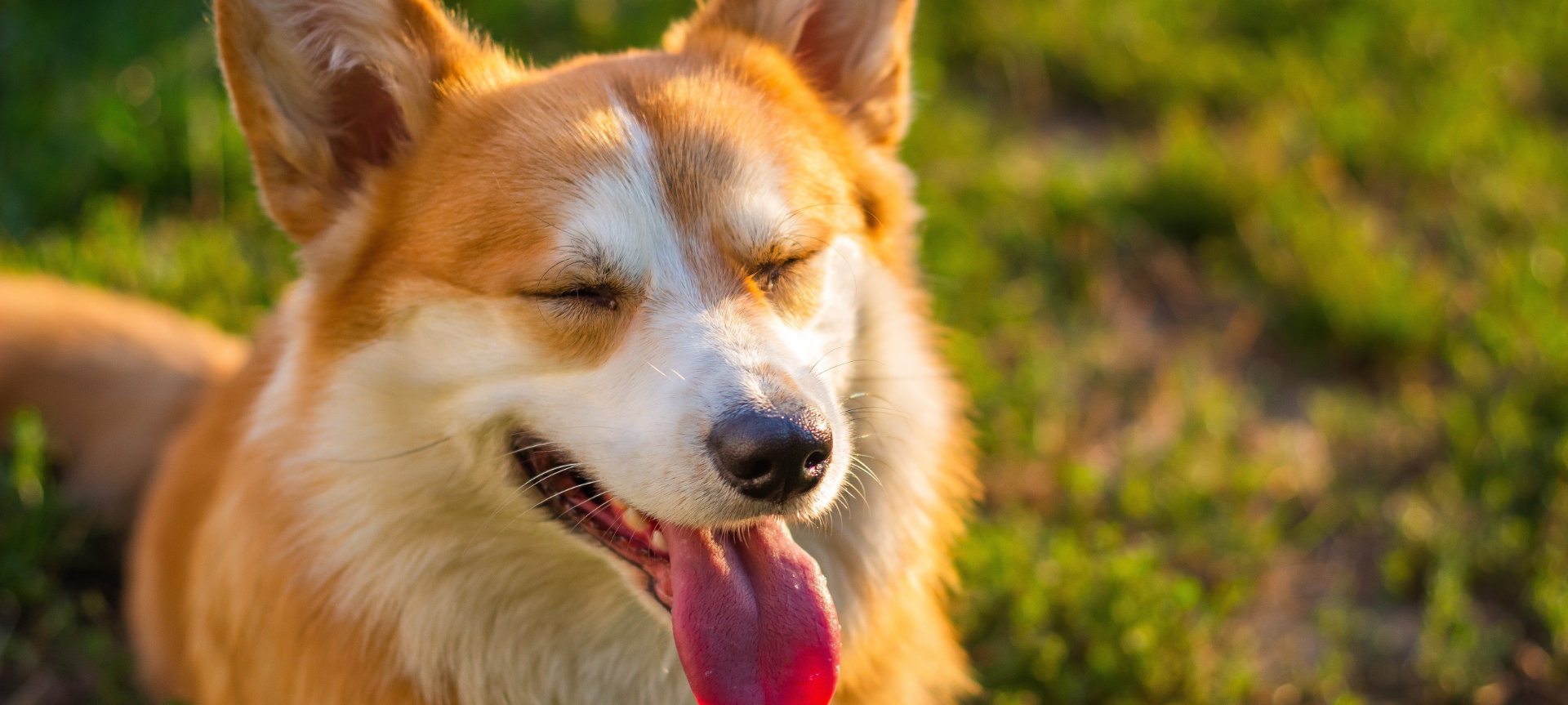
13 Mar The Lifeline of Anesthesia: Understanding the Importance of IV Catheters for Cats and Dogs
When our beloved pets undergo anesthesia for medical procedures, ensuring their safety and well-being is paramount. Among the essential tools in veterinary anesthesia is the intravenous (IV) catheter. In this article, we’ll explore the vital role of IV catheters during anesthesia for cats and dogs and why they are indispensable for ensuring a smooth and secure procedure.
The Significance of IV Catheters
An IV catheter is a slender, flexible tube inserted into a vein, typically in the forelimb or hindlimb, to administer fluids, medications, and anesthesia directly into the bloodstream. While it may seem like a routine procedure, the benefits and importance of IV catheterization during anesthesia cannot be overstated.
1. Access to Immediate Care
One of the primary advantages of IV catheters is the immediate access they provide to the circulatory system. In emergency situations or unexpected complications during anesthesia, such as a drop in blood pressure or cardiac arrest, rapid administration of medications or fluids through the IV catheter can be lifesaving. This direct access ensures that veterinary staff can respond promptly to any changes in the animal’s condition, optimizing their chances of recovery.
2. Maintenance of Hydration and Blood Pressure
Administering fluids intravenously via a catheter helps maintain hydration levels and blood pressure throughout the anesthesia process. Pets undergoing anesthesia can experience fluid shifts and dehydration, which can lead to complications such as hypotension (low blood pressure) or organ dysfunction. IV fluid therapy ensures proper hydration and supports cardiovascular function, reducing the risk of anesthesia-related complications and promoting a smoother recovery.
3. Medication Delivery
During anesthesia, cats and dogs may require a combination of medications to induce and maintain unconsciousness, provide pain relief, and prevent complications such as nausea or muscle relaxation. IV catheters allow for the controlled administration of these medications directly into the bloodstream, ensuring rapid onset of action. This targeted approach minimizes the risk of side effects and maximizes the efficacy of the drugs used, leading to a safer anesthesia experience for the animal.
4. Maintaining Body Temperature
IV fluid warming systems are specifically designed to heat fluids to a desired temperature before administration. These warming systems can be connected to IV catheters, allowing for precise control of fluid temperature and minimizing the risk of thermal injury or discomfort to the patient. By delivering warmed fluids directly into the bloodstream, IV catheters help support the body’s natural thermoregulatory mechanisms and promote a more stable intraoperative environment for cats and dogs undergoing anesthesia.
IV Cathers are Indispensable Tools
In summary, IV catheters are indispensable tools in veterinary anesthesia, providing immediate access to the circulatory system, maintaining hydration and blood pressure, facilitating precise medication delivery, and maintaining body temperature. By ensuring a smooth and secure anesthesia experience for cats and dogs, IV catheters play a crucial role in safeguarding their health and well-being during medical procedures. So, the next time your pet undergoes anesthesia, remember the unsung hero working behind the scenes—the IV catheter, the lifeline of anesthesia.
Board-Certified Veterinary Dentist in Missoula
If your pet needs any kind of dental work, make sure to choose a board-certified vet dentist. At Missoula Veterinary Dentistry & Oral Surgery, we perform safe and effective veterinary dental procedures under anesthesia and close monitoring. Contact us today to make an appointment.
Images used under creative commons license – commercial use (3/13/2024). Photo by Krista Mangulsone on Unsplash



